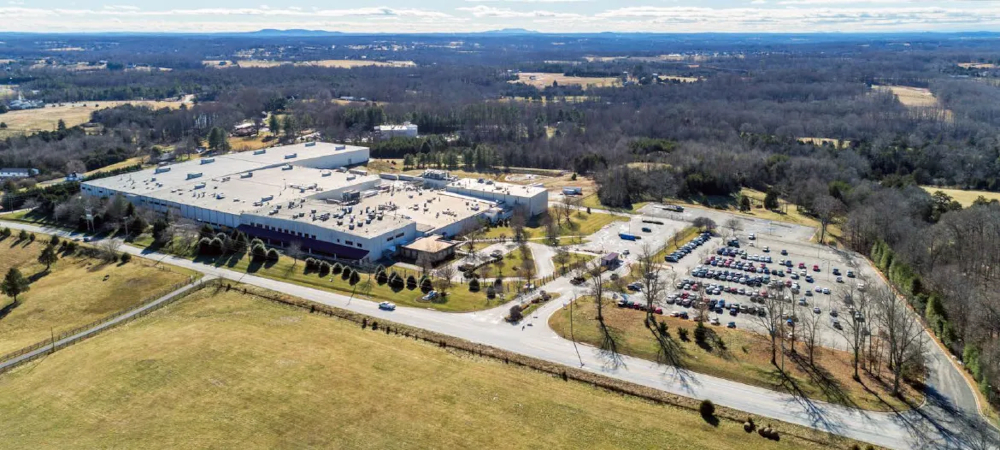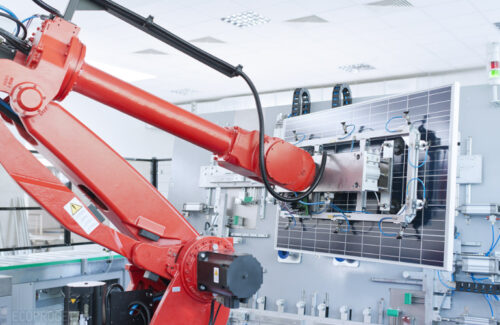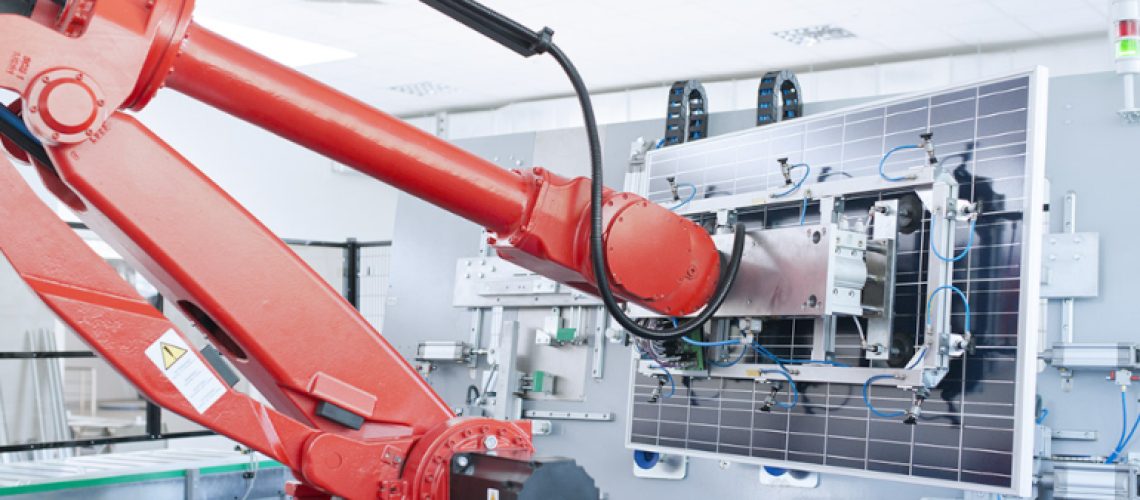Most of the new solar panel manufacturing outfits starting in the United States have been multinational operations with years of production experience. But one new American name is attempting to break into the market, focusing on a unique design for the country — heterojunction technology (HJT).
Solarix will invest $63 million into an existing 423,553-ft2 facility on 56 acres of land in Forest, Virginia, to initially support 1.2 GW of annual solar panel manufacturing capacity. Solarix is going with HJT because company executives have experience with the novel technology, said CEO Carlos Class, and it honestly seems like a safer bet than patent-heavy TOPCon.
“There are many variations of TOPCon that have been patented by many companies. We knew at some point there was going to be some TOPCon patent infringement [allegations], and now Trina is starting that,” he said. “These companies that were developing their manufacturing lines here to use TOPCon in their modules, now they’re putting a moratorium in their 2025 production plans for domestic content.”
Besides that, Class said Solarix is confident in HJT’s benefits. In a warming world, HJT’s higher temperature coefficient means panels can work in more climates. And there’s room to play with even more advanced technologies like perovskites.
“HJT is a technology that once you develop the cell, you can continue to innovate on it. Once PERC or TOPCon is made, that’s it. That’s the end of its development stage,” Class said. “We’re not a company that is just bringing modules from Indonesia. We want to innovate.”

Solarix’s operations in Forest, Virginia.
Solarix CTO Napoli Gomez and COO Carlos Class Sr. know HJT very well — they worked with early HJT designs two decades ago in Europe, Class said. The pair was also involved with production at the short-lived SolarTech Universal manufacturing operations in Florida, where Meyer Burger technology was licensed for panels using SmartWire Technology. HJT experience in the United States is rare, with only Meyer Burger’s operations in Arizona using the technology. That’s why Solarix is focusing on the niche design.
“It is very expensive to make HJT and get it to the market if you haven’t had a demand for it,” Class said. “To produce TOPCon, you grab a mono-PERC line and add a few more components to it and you’re making TOPCon. To make HJT, you have to grab the mono-PERC line and sweep it away, get rid of it. You have to bring in a whole new line because there are new processes. A lot of companies are not eager to make that initial investment.”
Class said that as a new manufacturer without established PERC lines to depend on, Solarix can more easily start HJT operations. The goal is to begin production in Q4 2025 and join Meyer Burger as the only domestic HJT solar panel manufacturers. 3SUN announced last year its intentions to start HJT cell and panel operations in Oklahoma, but ground has yet to break on the project.
Domestic sourcing
Where will Solarix get its solar cells to meet domestic content requirements? It’s a worthy question, especially since Meyer Burger scrapped its domestic cell manufacturing plans due to market fluctuations and has been losing customers as a result. Class said Solarix has formed a production relationship with an American manufacturer that primarily makes HJT solar cells for space applications. The undisclosed company is considering building a facility to supply Solarix with cells, but nothing is yet finalized.

Manufacturing lines. Credit: Ecoprogetti
Solarix is getting its manufacturing equipment from Ecoprogetti in Italy to ensure no components are coming from China.
“We’re not operating on a promise of no foreign ties, just American pride. We have partnerships with other manufacturers in India, other allies. They’re battling China in their own countries as well,” Class said. “We’re a commonsense team with everything we do.”
Solarix has announced 104 jobs — a realistic number for today’s modern manufacturing lines, Class said.
“Why do I need to publish and tell the state that I’m providing 1,275 jobs? Let’s be real — how much do you need? Yes, maybe I produce 1,275 jobs with contractors. But in reality, I have seven people per shift on the line,” he said.
Solarix may not be employing a lot of people, but the company is invested in being a long-term member of the community. Solarix wants to work with local universities and K-12 schools to get more young people interested in solar careers.
“We live in an area that is very community based. This is not an industrial park,” Class said. “The goal with this is to create more than just a solar panel manufacturer. We want to create a community.”



